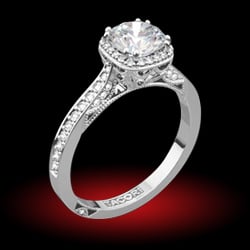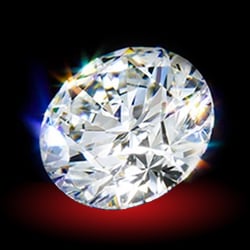- Joined
- Apr 25, 2014
- Messages
- 8,225
So... I am aware that Royal Asscher is the first cut in the style and is a unique cut that is protected, and that 'asscher' has become a generic term for cuts in that style (but that are slightly different). I'm also aware that the Octavia Asscher is a new cut, born out of PriceScope  which is different again to both the above cuts.
which is different again to both the above cuts.
Are the differences between them simply the number of steps cut into the top half? So three for a generic asscher, four for an Octavia and five (IIRC?) for a Royal Asscher?
I'm sure this is already posted somewhere so feel free to just point me elsewhere to read lol
lol
Thanks in advance all!
Are the differences between them simply the number of steps cut into the top half? So three for a generic asscher, four for an Octavia and five (IIRC?) for a Royal Asscher?
I'm sure this is already posted somewhere so feel free to just point me elsewhere to read
Thanks in advance all!







300x240.png)